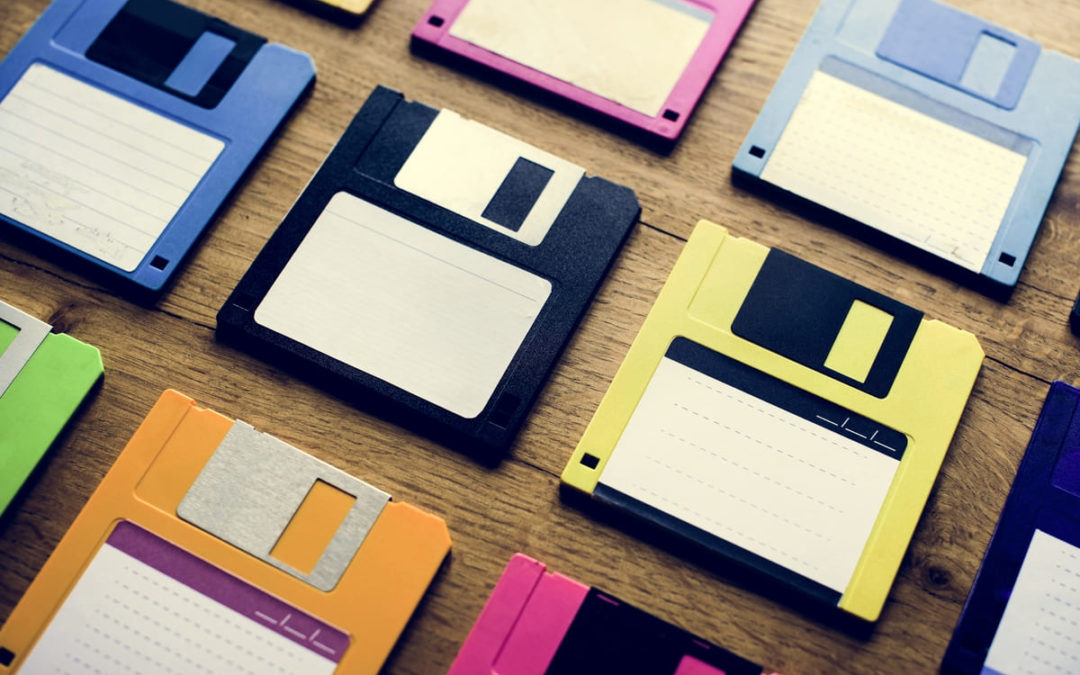Data collection has become the key focus of IT services and online businesses in virtually every industry. It helps to determine the needs and wants of their potential customers, which attributes to the overall success of the business itself. But another important part of this process is how companies back up the data they collect, especially with cyber threats and hackers continuously trying to breach systems to obtain information.
Data backup has grown increasingly advanced over the years thanks to an increase in resources and faster CPUs and the development of cloud services, but this is by no means a new process. Let’s take a look back at the history of data backup.
The Impact of the Industrial Revolution
After the Industrial Revolution of the 1800s, the world found new and exciting ways to access and utilize data in business, creating an urgent need for a safe way to store the data collected. One of the first tools of data saving came in the form of punch card technology, which was backed heavily by IBM. For the next few decades, this technology found its way into a variety of real-world objects and processes like clocks, voting machines, and computer programming devices.
Magnetic Tape Takes the Lead
Punch cards were far from perfect and in the 1950s were eventually succeeded by a new form of data storage, magnetic tape. One roll of tape could store the same amount of data as 10,000 punch cards, making it more efficient and appealing. However, tape backup also had its shortcomings as the process of backing and restoring data was very time-consuming.
Bring on the Disc Drives
IBM may have seen their punch card technology replaced by magnetic tape, but that didn’t spell the end of the road for their data backup aspirations. The company’s first hard disk drive was far from a household object, costing a fortune to own and only able to store a minimal amount of data at an exorbitant price. Luckily, the technology became more advanced and the personal computer of the 1990s brought with it portable media drives like zip drives, writable CDs, flash drives, and so on.
Cloud Services
In the mid-90s, a branch of IT services called cloud services was commercially introduced to the data collecting world but failed to receive a hero’s welcome due to security concerns. This skepticism led most companies to house their own cloud storage servers in their buildings or facilities. But this type of cloud storage had one main drawback: Its cost. The bigger the cache of data companies stored, the higher the monthly cost would be.
The BDR Solution
From the problem of rising costs came the Backup and Disaster Recovery (BRR) solution. It backed up data to a company’s data storage servers known as network-attached storage (NAS) and a data center off of the premises. This provided businesses with an always-ready data restoration option if a disaster ever struck.
Our IT services have helped thousands of businesses find effective and cost-efficient ways to safely back up their data and deliver peace of mind in the event of a system breach. Contact the Computer Engineering Group for more info on how we can do the same for you!

